Muthu Subash Kavitha
Attention-effective multiple instance learning on weakly stem cell colony segmentation
Mar 09, 2022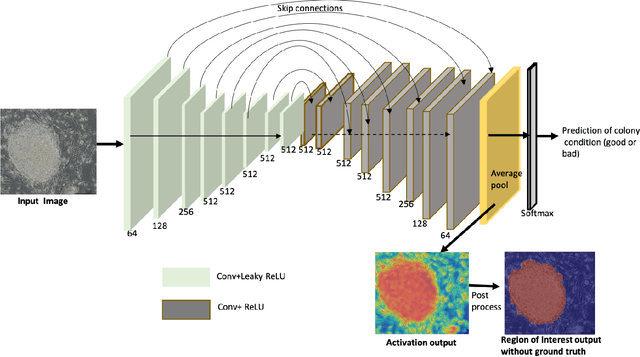
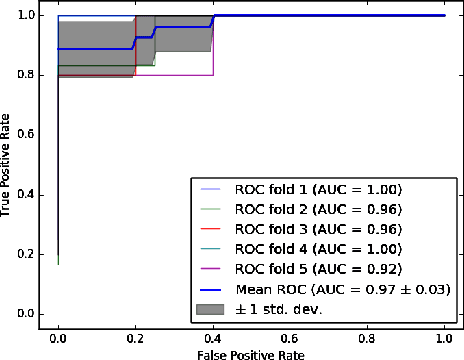
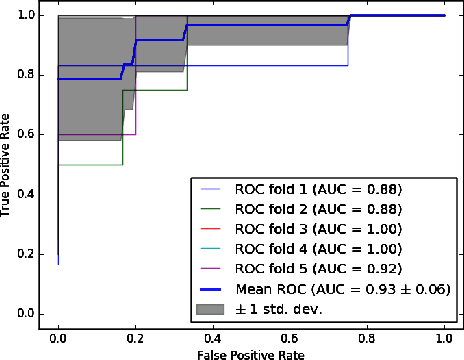
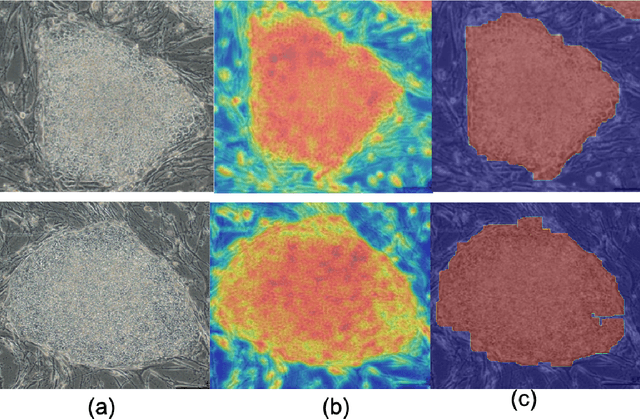
Abstract:The detection of induced pluripotent stem cell (iPSC) colonies often needs the precise extraction of the colony features. However, existing computerized systems relied on segmentation of contours by preprocessing for classifying the colony conditions were task-extensive. To maximize the efficiency in categorizing colony conditions, we propose a multiple instance learning (MIL) in weakly supervised settings. It is designed in a single model to produce weak segmentation and classification of colonies without using finely labeled samples. As a single model, we employ a U-net-like convolution neural network (CNN) to train on binary image-level labels for MIL colonies classification. Furthermore, to specify the object of interest we used a simple post-processing method. The proposed approach is compared over conventional methods using five-fold cross-validation and receiver operating characteristic (ROC) curve. The maximum accuracy of the MIL-net is 95%, which is 15 % higher than the conventional methods. Furthermore, the ability to interpret the location of the iPSC colonies based on the image level label without using a pixel-wise ground truth image is more appealing and cost-effective in colony condition recognition.
Weakly-Supervised Action Localization and Action Recognition using Global-Local Attention of 3D CNN
Dec 17, 2020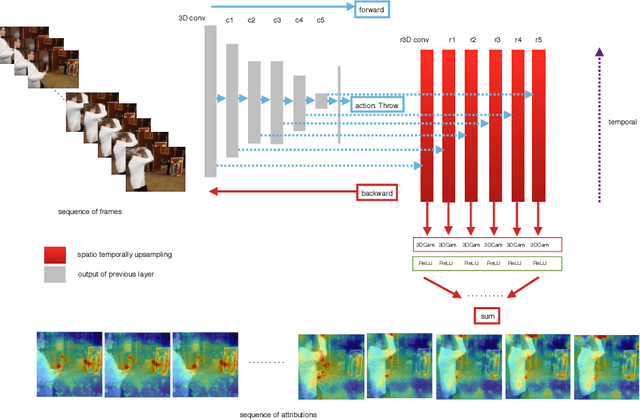
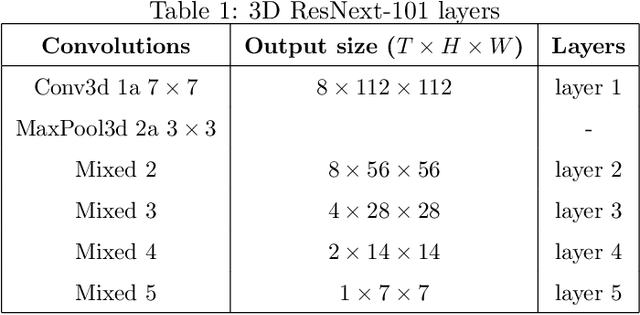
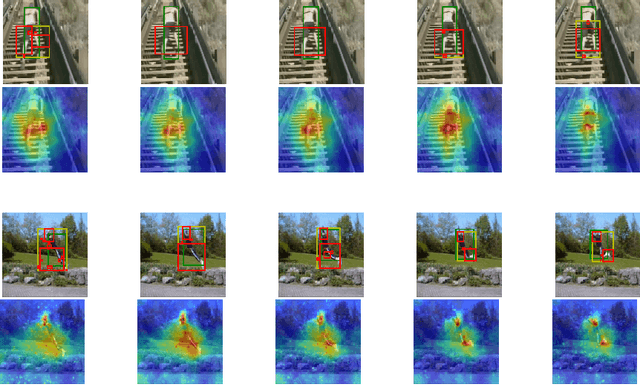
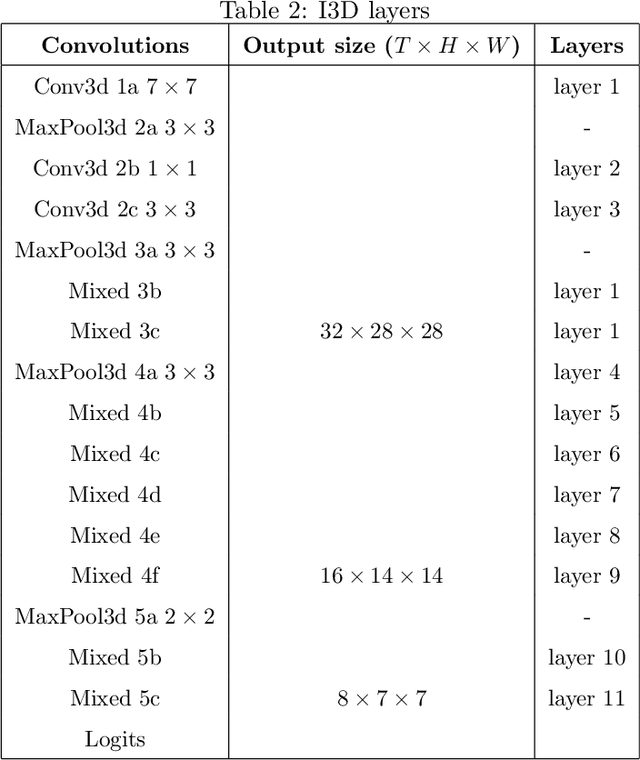
Abstract:3D Convolutional Neural Network (3D CNN) captures spatial and temporal information on 3D data such as video sequences. However, due to the convolution and pooling mechanism, the information loss seems unavoidable. To improve the visual explanations and classification in 3D CNN, we propose two approaches; i) aggregate layer-wise global to local (global-local) discrete gradients using trained 3DResNext network, and ii) implement attention gating network to improve the accuracy of the action recognition. The proposed approach intends to show the usefulness of every layer termed as global-local attention in 3D CNN via visual attribution, weakly-supervised action localization, and action recognition. Firstly, the 3DResNext is trained and applied for action classification using backpropagation concerning the maximum predicted class. The gradients and activations of every layer are then up-sampled. Later, aggregation is used to produce more nuanced attention, which points out the most critical part of the predicted class's input videos. We use contour thresholding of final attention for final localization. We evaluate spatial and temporal action localization in trimmed videos using fine-grained visual explanation via 3DCam. Experimental results show that the proposed approach produces informative visual explanations and discriminative attention. Furthermore, the action recognition via attention gating on each layer produces better classification results than the baseline model.
 Add to Chrome
Add to Chrome Add to Firefox
Add to Firefox Add to Edge
Add to Edge